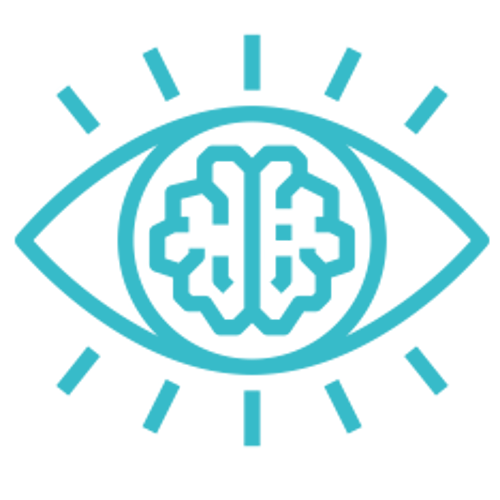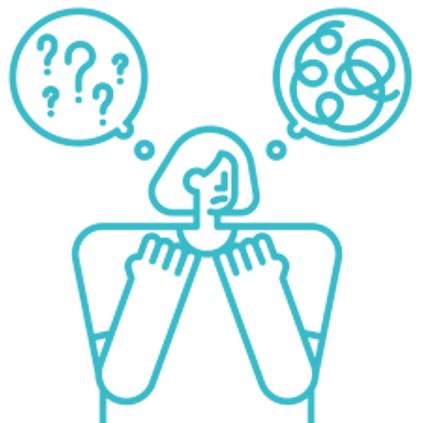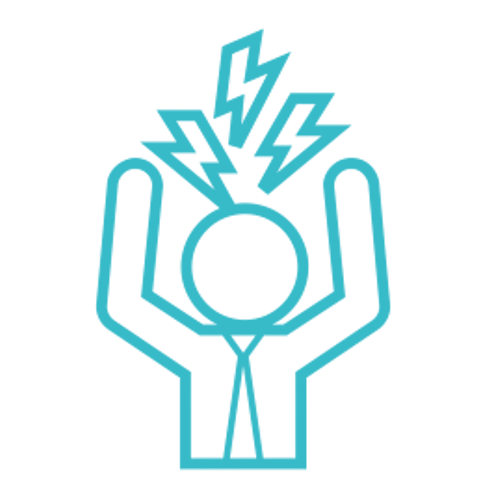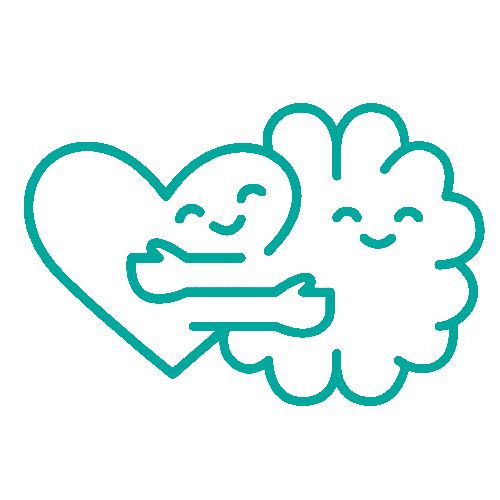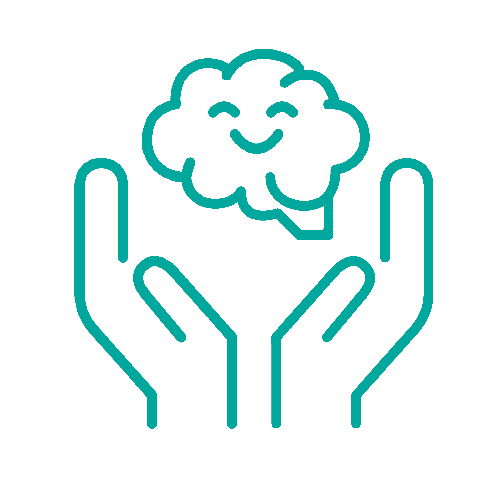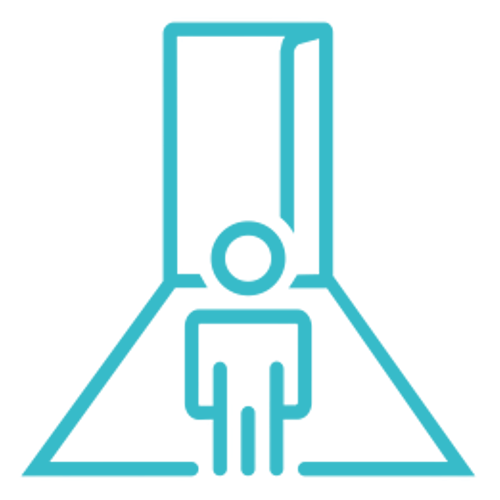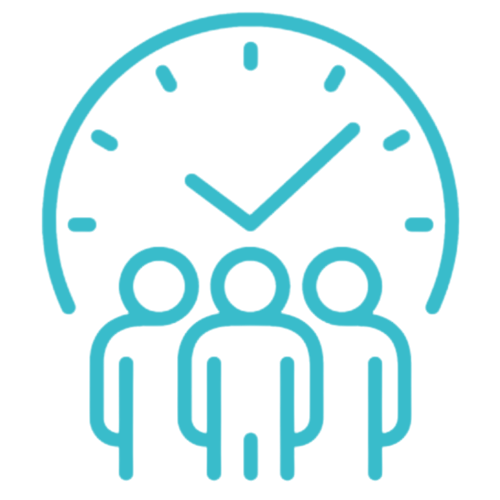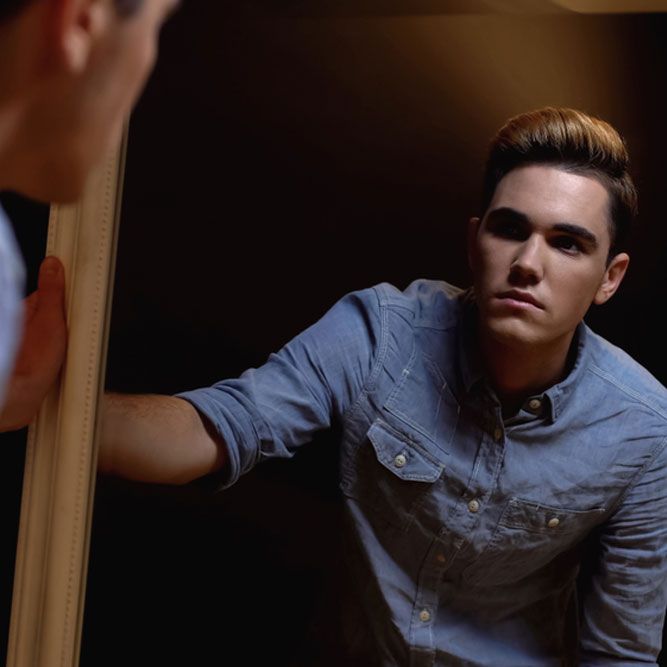Rejection Sensitive Dysphoria (RSD) may not be a familiar term, yet countless individuals grapple with it in silence. Beyond a mere fear of rejection, RSD represents an intricate emotional ordeal that casts a shadow across multiple facets of one’s existence. In this blog, we’ll embark on an enlightening exploration of RSD. Our journey will take us through the intricate web of its causative factors, delve into the nuanced realm of its symptoms, and shed light on its real-world implications through relatable examples.
Unveiling Rejection Sensitive Dysphoria Causes
Genetic Predisposition:
Think of genetics as the silent architects of our emotional framework. Just as some people inherit their mother’s smile or their father’s laugh, they can also inherit a heightened sensitivity to emotions. It’s like inheriting a finely-tuned emotional radar. This predisposition can set the stage for rejection sensitive dysphoria. Imagine it as having a more sensitive emotional antenna, making you acutely attuned to social cues, especially those related to rejection. Rejection sensitive dysphoria causes are not solely attributed to genetics but they can be a factor.
Traumatic Experiences:
Sometimes, life throws curveballs our way, and some of those curveballs can be pretty harsh. Imagine you’re a child, and you’re constantly criticized or rejected by a parent or a teacher. These negative experiences can leave emotional scars. It’s like building a mental library of rejection stories. Over time, these accumulated experiences can prime your brain to react strongly to any hint of rejection, even if it’s not as severe as your past experiences.
Neurochemical Factors:
Picture your brain as a chemical orchestra, with various neurotransmitters playing different instruments. Serotonin and dopamine are like the lead violinists in this orchestra. When these chemicals are out of tune or not in harmony, it can lead to emotional dissonance. In the context of RSD, think of serotonin as the conductor of calm and dopamine as the player of pleasure. When these chemicals are imbalanced, it’s like trying to enjoy a symphony while someone’s off-key.
Personality Traits:
Imagine personalities as unique cocktails of traits and tendencies. Some people have a dash of perfectionism, a splash of people-pleasing, and a pinch of sensitivity. This concoction can be a recipe for rejection sensitive dysphoria. For instance, if you have a perfectionist streak, you might set unrealistically high standards for yourself. When you fall short, even a little, it can feel like a massive rejection. It’s like expecting a Michelin-star meal at your local diner and getting disappointed when the fries aren’t crispy enough.
Environmental Factors:
Your environment can be a powerful influencer. If you grew up in an environment where you were constantly compared to others or where achievements were highly emphasized, it’s like planting the seeds of sensitivity. These early experiences can shape your perception of self-worth and influence how you respond to rejection later in life. It’s akin to molding clay; the environment shapes how you turn out.
Recognizing the Rejection Sensitive Dysphoria Symptoms:
Intense Emotional Responses:
Picture your emotions as a volume knob. For someone with rejection sensitive dysphoria, this knob tends to be cranked up to 11 when it comes to perceived rejection or criticism. Imagine a friend cancels plans last minute, and instead of brushing it off, you’re overwhelmed with sadness or anger. It’s like experiencing a storm inside when the weather is supposed to be calm.
Physical Symptoms:
Think of your body as an emotional barometer. RSD can make it go haywire. Imagine a simple disagreement with a colleague sending your heart racing, palms sweating, and stomach churning. It’s like your body is on high alert, even though the situation doesn’t warrant it. Rejection sensitive dysphoria examples include several physical symptoms despite being an emotional ordeal.
Avoidance Behavior:
Imagine your comfort zone as a cozy blanket. People with RSD often cling to this blanket tightly, avoiding situations where rejection might lurk. Think of a job promotion opportunity or a chance to speak in public. Instead of seizing these opportunities, someone with RSD might pull the blanket closer, avoiding the risk of potential rejection. Here’s a rejection sensitive dysphoria example in the context of avoidance: It’s like avoiding a hiking trail because you’re afraid of encountering a snake, even though you’ve never actually seen one there.
Low Self-Esteem:
Imagine self-esteem as a fragile vase. Rejection sensitive dysphoria can be like constantly tapping that vase with a hammer of self-doubt. When you experience rejection frequently or intensely, you begin to believe that you’re inherently flawed or not good enough. It’s like a never-ending loop of negative self-talk that keeps chipping away at your self-esteem.
Overthinking:
Picture your thoughts as a traffic jam. RSD can cause a massive pileup of thoughts, especially about past rejections or potential future ones. It’s like having a mental traffic jam where your mind is stuck, unable to move forward. A rejection sensitive dysphoria example of overthinking would be having an overwhelming stack of thoughts and not being able to sort and sift through them.
Emotional Perfectionism:
Think of setting impossibly high emotional standards for yourself as trying to shoot the smallest bullseye on a dartboard. People with RSD often expect themselves to be emotionally perfect, to never experience negative emotions or reactions. When they inevitably fall short, it’s like missing that tiny bullseye and feeling like a complete failure.
Rejection Sensitive Dysphoria Examples in Real Life
1. The Job Seeker’s Dilemma:
Imagine Sarah, a talented graphic designer with RSD, is applying for a job she’s passionate about. After an initial interview, she receives feedback that her portfolio lacks a certain style the company prefers. Instead of taking the feedback constructively, Sarah becomes overwhelmed with self-doubt and fear of rejection. She hesitates to apply for similar positions, convinced she’s not good enough. Rejection sensitive dysphoria symptoms, in this scenario, are like a cloud that dims Sarah’s potential and passion.
2. The Social Butterfly Grounded:
Think of John, who has always been the life of the party. He loves meeting new people and making friends. But lately, his rejection dysphoria symptoms have intensified. He now declines social invitations, fearing that he might say something embarrassing or be rejected by his peers. It’s like a social butterfly with clipped wings, unable to soar because of the fear of falling.
3. Academic Anxiety:
Consider Amy, a bright student in college. She’s always excelled academically but now experiences intense anxiety before exams or when presenting projects in class. Her RSD makes her fear the judgment of her peers and professors to the extent that she avoids participating in class discussions. It’s like being a star athlete who can’t perform at their best because they’re worried about what the audience will think.
4. The Relationship Rollercoaster:
Picture Mark, who’s in a loving relationship. However, his Rejection dysphoria symptoms make it challenging for him to trust his partner’s feelings. He constantly seeks reassurance and feels devastated if his partner is too busy or tired to spend time with him. It’s like riding an emotional rollercoaster, where every small dip feels like a free fall.
5. Entrepreneurial Dreams Deferred:
Imagine Emma, an aspiring entrepreneur with brilliant ideas. She has the skills and vision to launch her own business, but her rejection sensitive dysphoria holds her back. She’s terrified of pitching her ideas to investors, fearing rejection. It’s like having a treasure chest of potential, but the fear of being turned away keeps it locked.
Get help for rejection sensitive dysphoria with a NYC psychotherapist today!
Rejection Sensitive Dysphoria (RSD) is an emotional response that often emerges in response to perceived rejection or criticism, affecting one’s emotional well-being and relationships. While a certain level of emotional sensitivity is a part of the human experience, intense and persistent RSD can significantly disrupt an individual’s quality of life. At Uncover Mental Health Counseling, we have NYC therapists equipped to assist you in managing Rejection Sensitive Dysphoria. Take these steps to commence your journey towards understanding and alleviating RSD:
- Reach out to Uncover Mental Health Counseling to schedule a complimentary consultation call.
- Connect with one of our NYC therapists well-versed in RSD for your initial session.
- Embark on a path of self-discovery and healing, receiving the necessary support to cope with Rejection Sensitive Dysphoria and cultivate healthier emotional responses and relationships.

